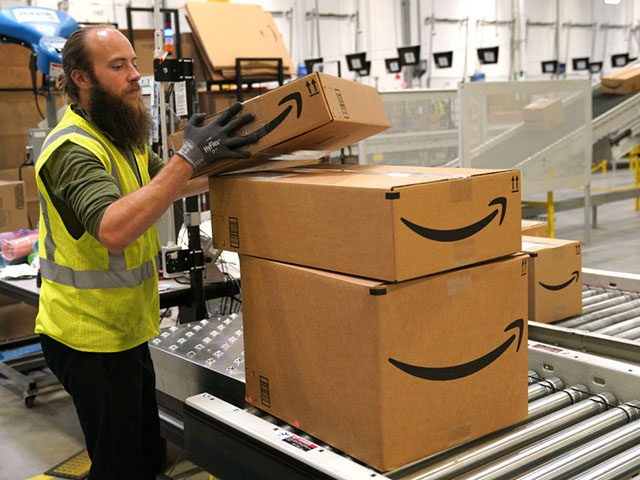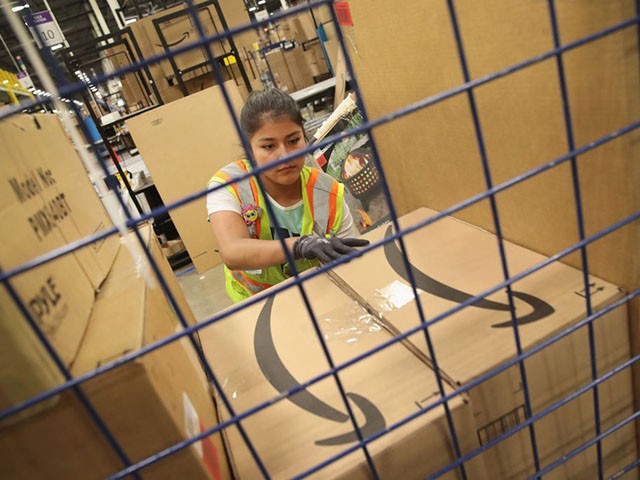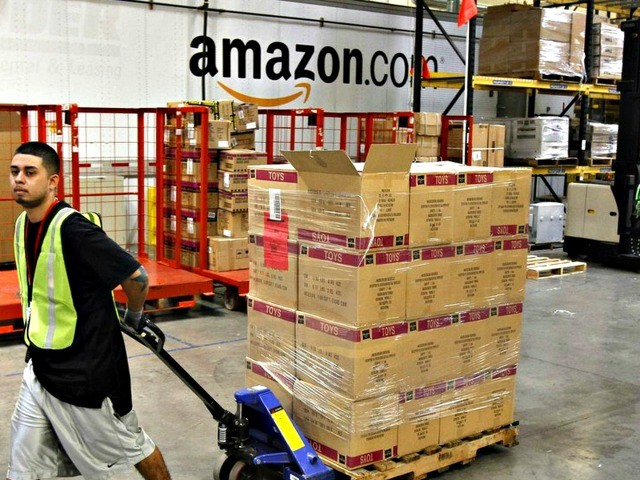Data collected through workplace inspections at Amazon warehouse facilities found that the company’s pace of work greatly increases the risk of injury for its employees. Workplace regulators reportedly say that the risk of debilitating muscle and joint injuries is off the charts.
Moreover, because these injuries build up over time, Amazon employees may not know they are at risk until months or even years later, and they can end up being left with a lifetime of pain, according to a report by Business Insider.
The most detailed investigation into Amazon’s workplace injury epidemic has been conducted in Washington state, due to the state workers’ compensation system collecting detailed data on work-related muscle and joint injuries in the United States.
A “direct connection” between Amazon’s fast work pace and the company’s high injury rates was found, according to data from inspections conducted in Washington state over the past two years.
The inspection was reportedly sparked by data published in 2020 by Reveal at the Center for Investigative Reporting, which showed that Amazon warehouse workers nationwide were twice as likely to get seriously hurt, when compared to warehouse workers at other companies.
“Seriously hurt” refers to workplace injuries that keep employees from doing their usual jobs.
Amazon reportedly reacted to the investigation conducted by Washington state regulators by saying that its own analysis of the data found substantially lower injury risks.
Mark Takakura, a former U.S. Army medic who started working at Amazon in September 2020, told Business Insider that the company “told us numerous times, if you need to slow down to be safe, then do it. But that’s not the case.”
Takakura said that if he were to slow down to protect his back, his managers would “come up to us and mention: ‘You guys need to start picking up. What can we do to improve productivity?'”
The Amazon employee would later feel “a jolt, a slip,” and a sudden needling pain after reaching down to lift a 30-pound bag off the warehouse floor.
“Me and my veteran buddies always say, the military was hard, but it was nothing compared to Amazon,” Takakura said.
Amazon’s injury crisis has also ignited a federal workplace-safety investigation. This past summer, federal prosecutors referred worker-safety complaints to the Department of Labor.
The Department of Labor has already inspected the e-commerce giant’s warehouses in five states.
Meanwhile, Amazon deals with high, expensive turnover, and faces walkouts, strikes, and the unionizing of its warehouses as employees demand better pay, fair treatment, and an end to retaliatory behavior.
You can follow Alana Mastrangelo on Facebook and Twitter at @ARmastrangelo, and on Instagram.



COMMENTS
Please let us know if you're having issues with commenting.